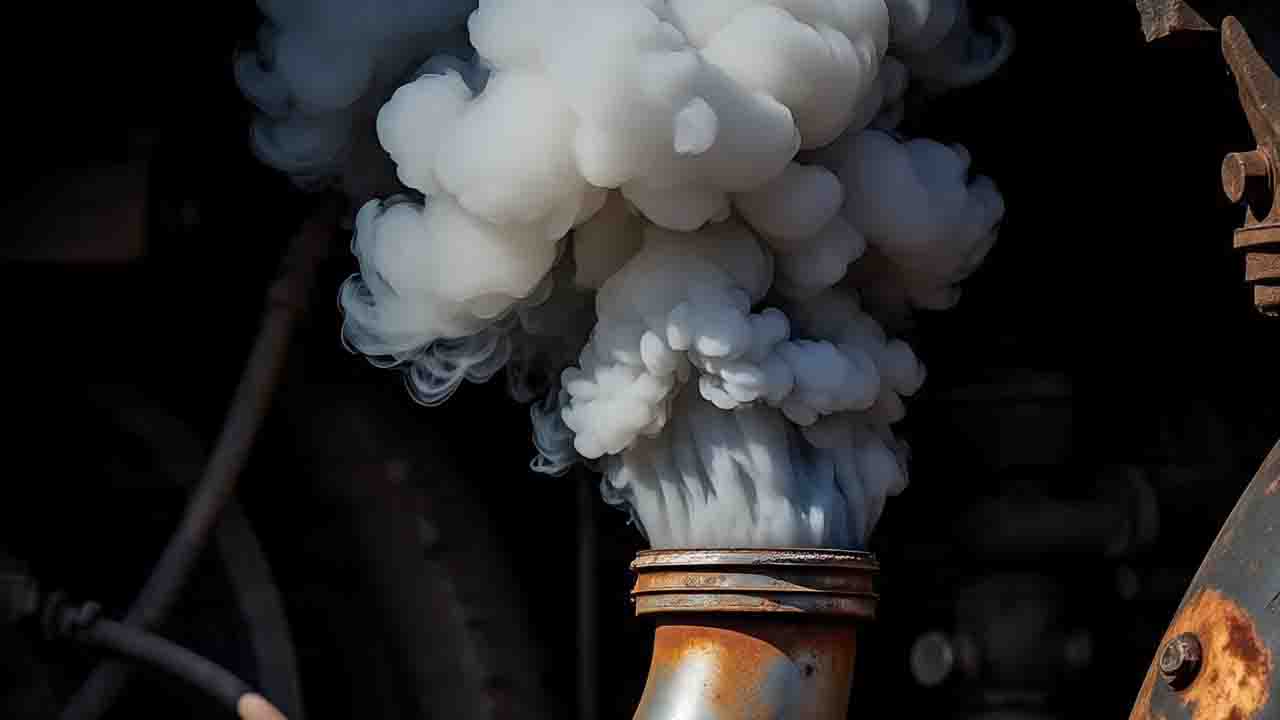
Dieselspecialists – Light Rules appear to be shaping the way air pollution is controlled across different sectors, according to a new study from the University of York. The research highlights a striking disparity: large emission sources such as power plants and diesel generators often operate under less stringent NOₓ (nitrogen oxides) regulations compared to smaller sources like domestic heating systems. This imbalance is concerning because large emitters can release significantly higher volumes of NOₓ, a pollutant linked to respiratory problems, environmental degradation, and climate change.
The study’s findings suggest that current environmental policies may unintentionally favor major industrial polluters, leaving smaller-scale contributors to bear stricter compliance burdens. Experts argue that this regulatory gap could undermine broader efforts to reduce air pollution and transition to cleaner energy sources.
“Retro Rear Lights: The Vintage Trend Lighting Up Custom”
NOₓ emissions from industrial-scale facilities have long been recognized as a major contributor to urban smog, acid rain, and greenhouse gas formation. Yet, the University of York study reveals that these facilities benefit from Light Rules lenient thresholds and less frequent inspections. That allow them to operate with less pressure to adopt cleaner technologies.
Households and small businesses face tighter limits and higher compliance costs, despite contributing far less to the total NOₓ output. This discrepancy raises questions about the fairness and effectiveness of environmental governance. Researchers emphasize that while technological improvements in large-scale facilities are possible. The incentive to invest in such upgrades remains weak under the current regulatory environment.
The authors of the study call for a reevaluation of existing NOₓ control frameworks to ensure that Light Rules. Do not become a permanent loophole for high-volume polluters. They recommend harmonizing emission limits across all scales of production and integrating. Advanced monitoring systems that can track NOₓ output in real time. Such measures would not only close regulatory gaps but also accelerate the shift toward low-carbon energy solutions.
As governments worldwide intensify their commitments to climate action, the stakes are high. Without a fair and balanced approach to regulation. Harmful emissions continue to expose communities, compromising the fight against air pollution. While the biggest polluters continue to benefit from Light Rules that keep their obligations lighter than they should be.
“Colombian Presidential Candidate Killed by Teen Shooter”
Dieselspecialists - Maintain diesel fuel injectors begins with using high-quality diesel. Poor-quality fuel can contain impurities that clog injectors and…
Dieselspecialists - The Electric Starter for Dong Feng & Jiang Dong S1115 diesel engines is setting a new standard in…
Dieselspecialists - The Global Diesel Engine Market continues to demonstrate resilience despite sweeping changes across the automotive and industrial sectors.…
Dieselspecialists - Owning a diesel vehicle has its advantages, from fuel efficiency to torque performance. However, the hidden costs of…
Dieselspecialists - Power and Efficiency are becoming the central themes in the automotive world, especially in the diesel sector where…
Dieselspecialists - Diesel to Clean Drive marks a significant turning point in the automotive industry. Once the backbone of fuel-efficient…